■ Fender Stratocaster 1961
The 1961 Stratocaster saw almost no changes from the 1960 model.
○ Body & Neck
The contour is neither too shallow nor too deep. The backside carving remains largely the same as the previous year, ensuring no uncomfortable spots that would cause pain while playing. The left horn, when viewed from the front, appears to have a sleek tendency.
The alder body shows little variation in weight, with many units averaging around 3300g. This makes it manageable even for smaller players.
Lightweight units with high-quality wood offer rich overtones and excellent resonance. However, they tend to lack punch and sustain, making them less suitable for large-scale live performances.
Heavier bodies, on the other hand, are better suited for such settings. That said, how many guitarists in Japan today regularly perform in large venues? The current demand favors lightweight, resonant guitars.
Thus, a Strat that weighs around 3kg plus a few hundred grams is ideal for home use or small live house performances. It is perfect for strumming after work in the comfort of your home. Additionally, lighter necks tend to enhance overtones.
Using a tube amplifier with a power-down switch that allows reducing output below 1W can create a truly blissful experience at home.
For guitarists who started playing when digital amps were already mainstream, tube amps might seem like a hassle due to their high cost, maintenance requirements, and potential for disturbing neighbors. However, digital amps lack warmth. Increasing their volume only adds mechanical, lifeless tones.
Tube amps, on the other hand, require warming up in winter to reach their optimal sound, and in summer, they need cooling fans for heat dissipation. Every few years, you have to buy replacement tubes in the city, get them installed, and bring the amp to a store for bias adjustment. The maintenance costs are not cheap, and the lead time can be surprisingly long. Moreover, transporting them by train is nearly impossible without a car. So why do professionals still use tube amps despite all these inconveniences?
“Simply because the sound is exceptionally good.” It is worth the effort.
Now, back to the main topic.
○ Neck & Headstock
Two patent numbers are printed below the Fender logo. Additionally, “Pat. Pend.” is written in small letters under “ORIGINAL CONTOUR BODY” on the rounded part of the headstock.
○ Dot Position Markers
From 1959 to 1964, the fretboard dot markers were made of grayish-white clay. ‘Clay’ refers to the material’s matte finish, giving it a subdued and vintage aesthetic.
○ Electronics
Starting this year, the Cornell-Dubilier capacitor used since 1954 was replaced by a thin, round, dull red ceramic capacitor. The capacitance value remains unchanged.
■ Fender Stratocaster 1962
This year brought a significant specification change that impacted Stratocaster sales—especially for players who prefer rosewood fingerboards.
Yes, the shift from slab boards to round-laminated fingerboards occurred.
Why the Change to Round-Laminated Fingerboards?
The main reason was the difference in shrinkage rates between the hard maple neck and the Brazilian rosewood fretboard. This caused bonding issues and frequent troubles, making the slab board less practical.
Some players may find the thin round-laminated board less reassuring, but it was not a cost-cutting measure. On the contrary, it required additional craftsmanship, as the rosewood had to be glued to match the curvature of the fingerboard. The thickness remained largely the same until the final year of the vintage Stratocaster in 1982.
While slab boards are often favored for their aesthetics, round-laminated boards still produce an authentic, vintage rock sound.
○ Date Stamps
Starting in April 1962, the hand-written pencil markings on the neck end were replaced with clearly identifiable date stamps. The increasing production volume likely necessitated this change for better neck tracking.
For example, a stamp reading “2SEP62B” can be broken down as follows: ‘2’ = Stratocaster code, ‘SEP’ = September, ‘62’ = Year 1962, ‘B’ = Standard neck width (A = thin, D = thick, both rarely produced). ‘D’ was also thick and rarely produced. By making this classification clear, it likely improved efficiency in the manufacturing process.
○ Fender Stratocaster 1963
There were no major specification changes, but one distinct feature helps collectors identify Stratocasters from this period.
○ Body
The weight remained stable after the transition to rosewood fingerboards. The contour carving became slightly shallower compared to the deep 1957 models, with about two-thirds of the material removed. Surface carving was also reduced, giving the body a bulkier appearance. However, the contours of 1960s Strats remained relatively consistent and stable.
○ Neck
Kluson tuners switched from a single-line to a double-line engraving. This specification remained until 1968 when the large-headstock F-Key tuners were introduced. Around mid-1963, the spacing between the 12th fret clay dot markers became slightly narrower.
[Additional Notes]
The pre-CBS rosewood board Stratocasters of the 1960s underwent minimal changes. This means that once you find a great-sounding rosewood Strat, you can rely on it for a lifetime of playing. Many of these guitars featured pickups hand-wound by the renowned Abigail Ybarra, known for their organic tone.
Particularly, well-preserved Brazilian rosewood fretboards are becoming increasingly rare in the market. Abigail has since retired after passing on her techniques to the next generation.
So why was the popular Mint Green pickguard discontinued?
It was extremely flammable. For a guitar manufacturer dealing with wood, fire hazards were unacceptable, leading to its discontinuation.
The unique Mint Green color resulted from the dark navy hue of the three-ply pickguard’s middle layer subtly mixing with the off-white outer layers. This created a distinctive look that complemented the three-tone sunburst finish. The combination of an aged rosewood fretboard and a vintage sunburst finish remains visually stunning.
Limited to original specimens with no modifications or alterations, the general method for determining the production year is as follows:
On the front, the second pickguard screw from the top on the left side—previously positioned between the front pickup and center pickup—was moved closer to the center pickup.
《About the Catalogs》
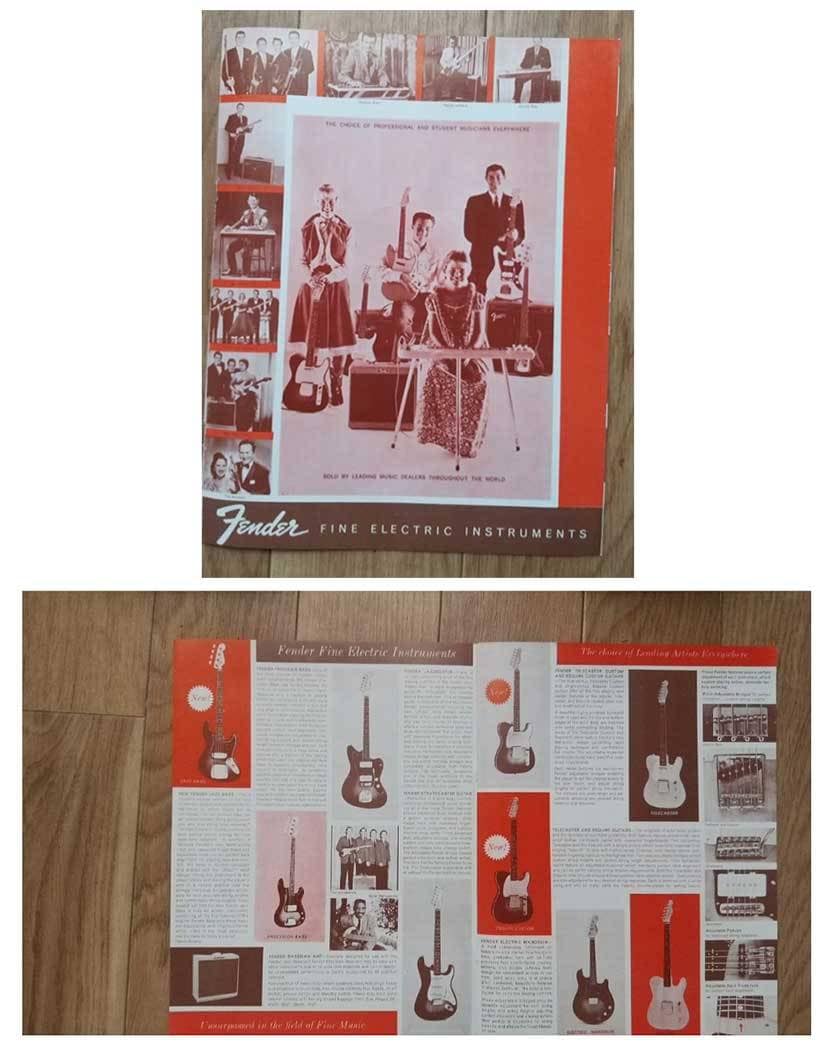
The red catalog from 1960 features four musicians on the cover holding a Jazzmaster, Telecaster, Musicmaster, and a steel guitar. The Stratocaster is positioned in the background—technically in the center, yet standing quietly without drawing much attention. The descriptions of the guitars inside are merely lists of specifications, lacking enthusiasm. A small photo of a player on the left side of the cover shows Mary Kaye holding a blonde Stratocaster. The 1961 catalog follows the same pattern.
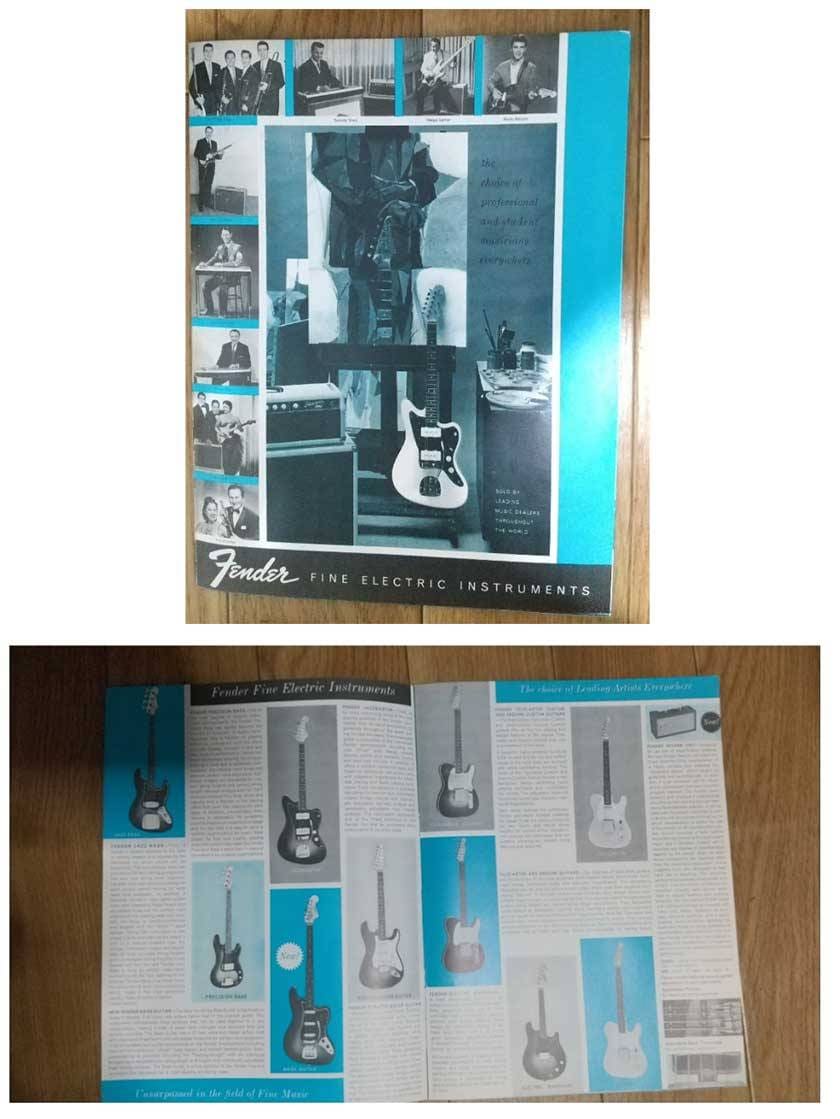
The blue catalog from 1961 has a white Jazzmaster on the cover, likely with a tortoiseshell pickguard. While the Stratocaster is placed centrally within the catalog, it is shown in monochrome, making it less visually striking.
The way the products are introduced in the 1960 and 1961 catalogs is quite dull—simply listing the specs without any engaging presentation.
From the Fender Catalog: Frontline 2003 Time Machine Series: It is confirmed that on the 1960 white rosewood model, the second pickguard screw from the left is positioned in the middle of the pickguard. In contrast, the 1963 sunburst model has the second screw placed closer to the center pickup.
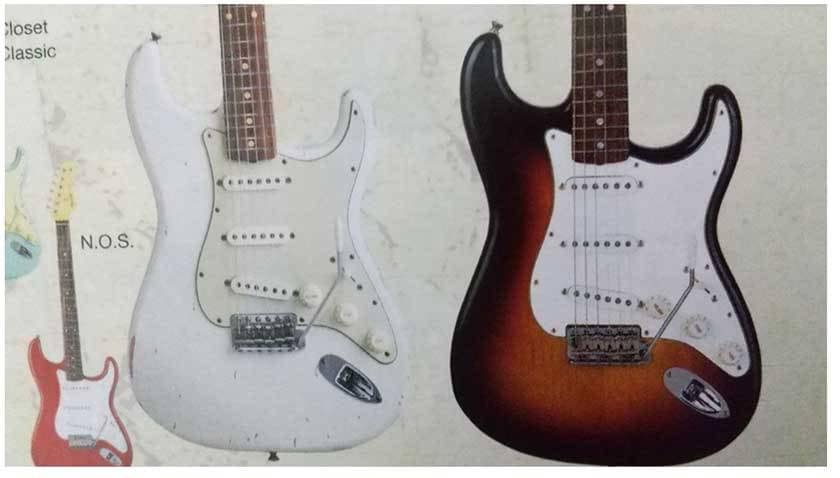
In the years to come—spanning roughly two decades—Fender would undergo a significant revolution.
Stay tuned for the next installment!
The “sound & person” column is made up of contributions from you.
For details about contributing, click here.






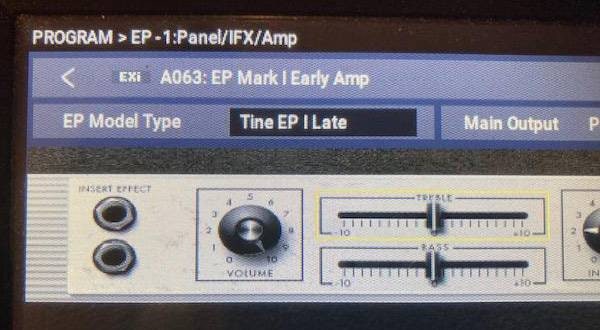




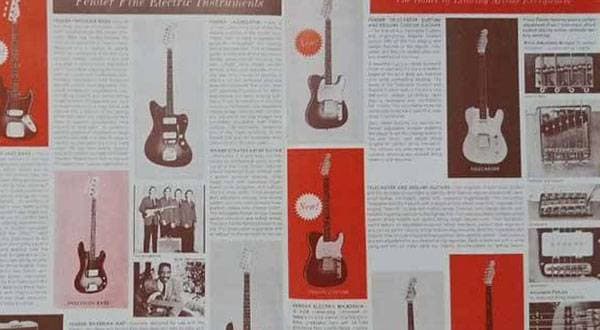

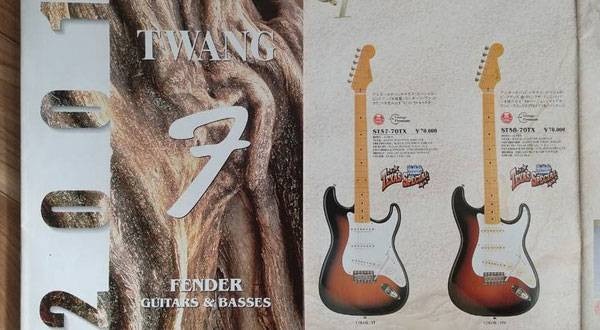
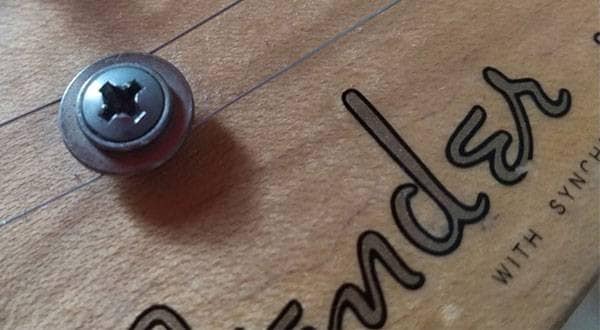
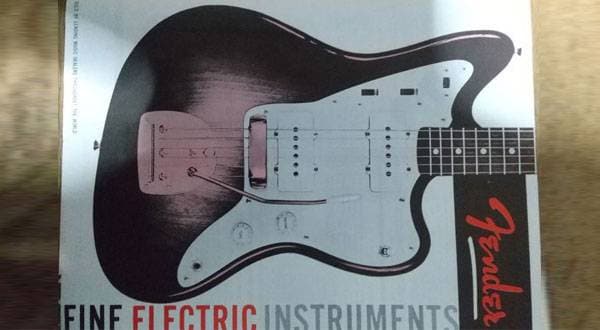
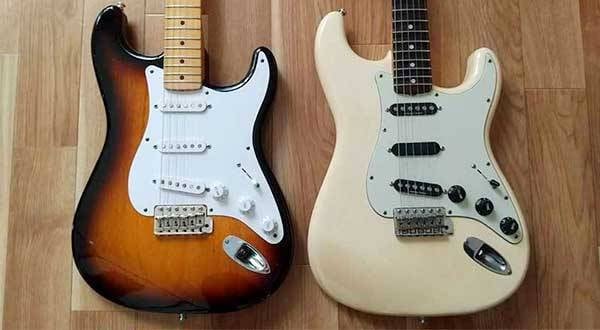
 Fender プロダクトラインナップ
Fender プロダクトラインナップ
 FENDER(フェンダー)ブランドサイト
FENDER(フェンダー)ブランドサイト
 愛されたフェンダーギターたち
愛されたフェンダーギターたち
 ギター名人ラボ
ギター名人ラボ
 ギタースタートガイド
ギタースタートガイド
 めちゃラク!ギター講座
めちゃラク!ギター講座















